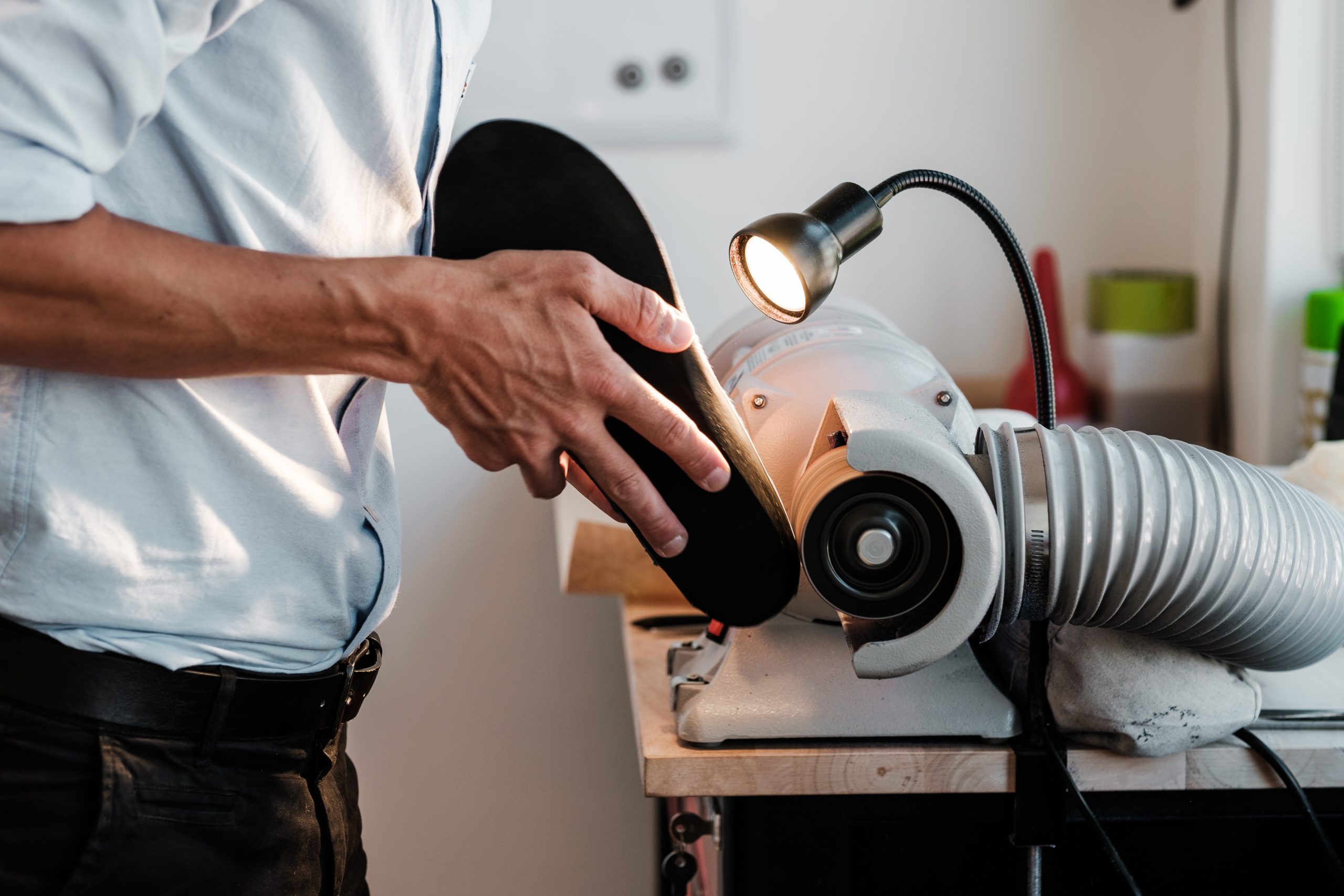
Running specific foot orthotics can be one of the most effective treatment options that a sports podiatrist can offer their injured runners. Our Podiatrists are runners, just like you.

A bit about our orthotics for running
Running orthotics are designed to work with your running shoes to reduce loads to areas prone to injury and are specifically designed with the runners injury history and unique biomechanics in mind.
A running orthotic works best as a full length semi flexible insert that replaces the existing liner of the running shoe. Like other types of foot orthotics, running orthotics work best when treating pain or biomechanical dysfunction. Running related injuries are common, and for the vast majority of injured runners, they won’t require foot orthotics. However, there is a sub set of the running population that have particular anatomy or biomechanics that make the use of running specific orthotics invaluable in the management of their current injury, or to help reduce the likelihood of recurrence as training load increases.
Features of a good running orthotic
Lightweight: we focus on making runners foot orthotics as light as possible without sacrificing control or support. Running orthotics are generally made from carbon or a thin plastic with a soft full length cover that allows good support and energy return without adding too much weight to the shoe.
Comfortable: we try not to deviate too far from the preferred movement pathway of your foot and design the running orthotic to alter the damaging forces in a comfortable way that still retains a natural feel.
Transferable: we make running orthotics full length with a thin, cushioned and durable EVA or TPU foam top cover that fully replaces the existing liner of the shoe. The running orthotic can be easily transferred into various running shoes on rotation or when you update to a new model.
We want every runner to enjoy running in their orthotics while helping manage the injury and associated abnormal loads they were designed for.
Injures running orthotics can be great at managing:
-
bone stress injures at the foot and lower leg such as metatarsal, navicular and tibial stress fractures.
-
Tendon injuries such as Achilles, tibialis posterior and peroneal tendinopathy
-
Plantar heel pain such as plantar fasciitis
-
Forefoot injuries such as Morton’s neuroma and intermetatarsal bursitis
-
Recurring lateral ankle sprains or chronic ankle instability
How we make custom running orthotics
At Pinnacle Sports Podiatry we don’t simply buy into gimmicks, but adopt new technology when there will be a real benefit to the runner. We keep up to date with the latest industry standards for producing the best custom orthotics. We are 5 years into using and prescribing 3D printed orthotics which provide some unique benefits compared to traditional methods (e.g. control, weight and level of customisation).
To make our custom orthotics, we use 3D scanning to capture the foots exact size, contours and prominences – digital scanning has now surpassed the traditional methods we once used, such as plaster casting. Once the scans have been taken, your podiatrist writes an orthotic prescription based on your biomechanical assessment, footwear/activity requirements and injury history. The outcome is a highly individualised activity & injury specific foot orthotic, designed to alter the stresses traveling through the foot & lower extremity.
The prescription is tailored to reduce the load on the injured tissue/s enough to allow pain-free activities and get you back running sooner. The goal is to reduce the stress to a more optimal level (within a normal physiological range of stress). If this is done correctly, you can expect a reduction in symptoms & an increase in the strength of the previously overloaded muscle, tendon, bone or other structure within the foot or lower extremity.
